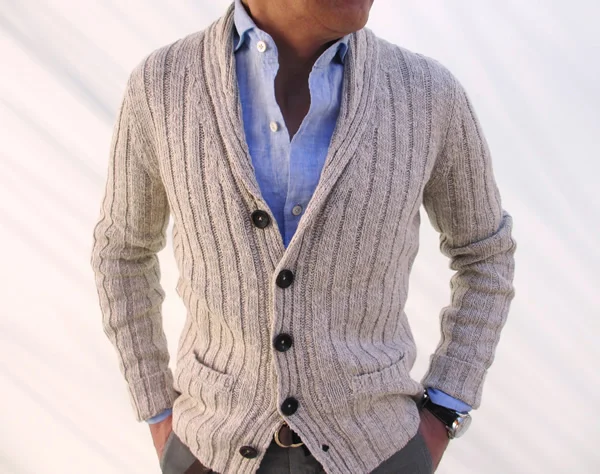The world is becoming more casual
This was the first casual
A hundred years ago, the closest thing to casual dress was sportswear — knitted golf dresses, men in tweed blazers and dress slacks, and oxford shoes. Americans have now embraced casual clothing to the point that denim jeans are being worn by people in the cab of a contractor’s truck to people in the board room of large corporations. Why? Maybe because casual clothes speak of freedom — more freedom of movement, more comfortable materials, less restrictive styling, and often a less expensive price, which also leads to freedom. And along with this freedom comes the freedom to choose how we present ourselves to the world: freedom to blur the lines between man and woman, old and young, rich and poor. The rise of casual clothing has challenged centuries-old “rules” that distinguished noticeable luxury for the wealthy and functioning work clothing for those in the laboring class. Until a little more than a century ago, a person’s social class was quite literally “worn on one’s sleeve” as clothes were designed for the lifestyle one lived, and your position in a classed society dictated your lifestyle. Today, CEOs may wear sandals to work, and jeans are acceptable in many office environments on any day, not just on “casual Fridays.” Thanks to global capitalism, the clothing market is flooded with options to mix-and-match every part of a wardrobe to create a personal style.
I honestly find that it is great to have freedom, but I think freedom and personal style should also reflect respect for oneself and others. If I go to a special restaurant and expect to have a fine dining experience that will cost me a lot of money, I would hope not to have to sit next to someone in a t-shirt, flip-flops, and baseball cap. A person may think he has the right to express himself, but respect for himself and for other people should help him choose clothing that is appropriate for certain occasions. There are some today who seem to think they can flaunt the proper rules of dress just to feel important. They seem to be saying that they are better than those around them. Unfortunately, that is an ego problem.
But there is also an education problem. Today, because so many rules of dress and manners have been swept away in the desire for personal freedom, there are many young people who have no idea of what a gentleman should look or act like. As Fred Astaire once said, “The hardest job kids face today is learning good manners without seeing any.” That is certainly all the more true today. An argument can be made that clothing does not reflect personal identity, but actually constitutes it. So if a young man never sees an example of a gentleman, he can never aspire to become one. Are we taking away possibilities from the future generations by exposing them only to our idea of freedom?
I believe that the world is becoming more casual, but I also deeply believe that casual is not always appropriate. I do believe that there are others like me who want to create change. We may not be able to do much with the ego problem, but it is possible to educate; and it is my desire to be a role model, to teach by example.






